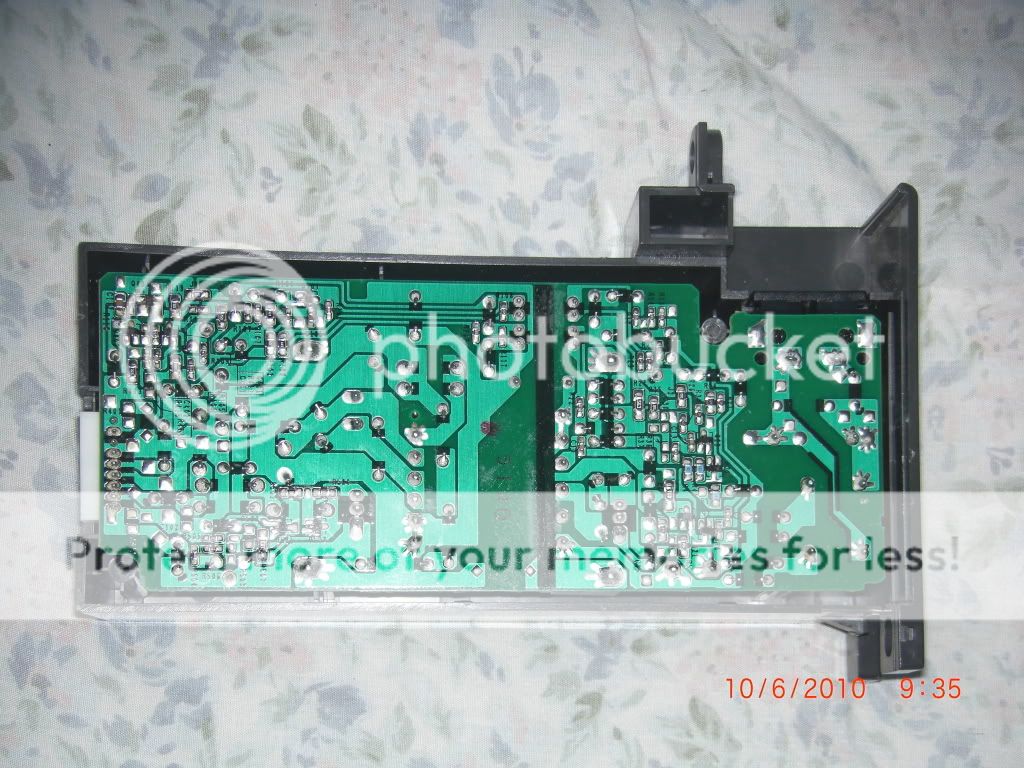I HAVE A PERFECTLY GOOD AND CLEAN PIXMA IP 5000 CANON PRINTER, LITTLE USED ,BUT REALLY EXCELLENT PHOTO PRINTER.
PROBLEM IS THE A/C (240 VOLT A/C ...UK MODEL) HAS FAILED.
THIS IS THE SNAP-IN POWER ADAPTER WHICH TAKES THE FIGURE 8 POWER CORD FROM THE MAINS SUPPLY.
IT SIMPLY PUSHES IN AND IS HELD IN BY TWO LIPS .
DOES ANYBODY KNOW WHERE I CAN BUY A REPLACEMENT UNIT?.....OR DOES ANYBODY HAVE DEAD PIXMA IP5000 PRINTER WHICH HAS THIS THIS UNIT STILL INTACT AND IS WILLING TO SUPPLY???
I LIVE IN HOPE AS CANON,(BLESS THEM WILL NOT SUPPLY ME AND OFFER NO HELP) ONLY ,...SURPRISE!!, SUGGEST I INVEST IN A NEW CANON PRINTER WITH HELP FROM THE INTERNATIONAL MONETARY FUND
LEN
PROBLEM IS THE A/C (240 VOLT A/C ...UK MODEL) HAS FAILED.
THIS IS THE SNAP-IN POWER ADAPTER WHICH TAKES THE FIGURE 8 POWER CORD FROM THE MAINS SUPPLY.
IT SIMPLY PUSHES IN AND IS HELD IN BY TWO LIPS .
DOES ANYBODY KNOW WHERE I CAN BUY A REPLACEMENT UNIT?.....OR DOES ANYBODY HAVE DEAD PIXMA IP5000 PRINTER WHICH HAS THIS THIS UNIT STILL INTACT AND IS WILLING TO SUPPLY???
I LIVE IN HOPE AS CANON,(BLESS THEM WILL NOT SUPPLY ME AND OFFER NO HELP) ONLY ,...SURPRISE!!, SUGGEST I INVEST IN A NEW CANON PRINTER WITH HELP FROM THE INTERNATIONAL MONETARY FUND
LEN






